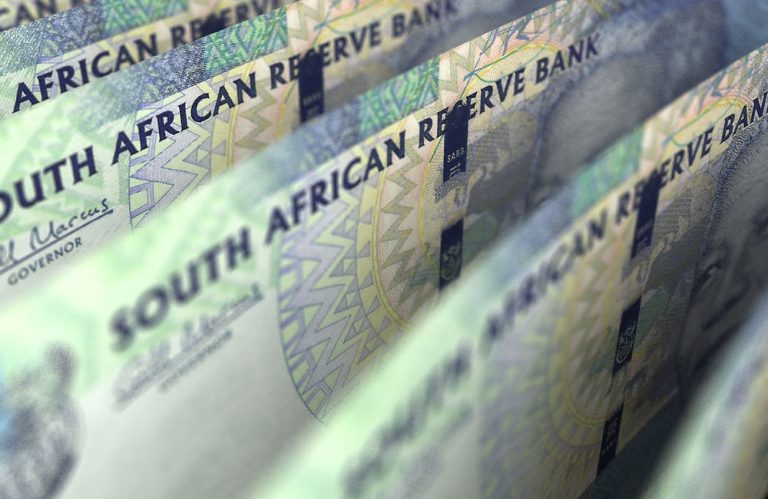The USD/ZAR exchange rate rose for four consecutive days as investors reacted to the ongoing tensions between the United States and South Africa. It rallied to a high of 19.05 on Monday, up by 11.5% from its lowest level in October last year. So, is the ongoing South African rand sell-off justified?
Donald Trump and South Africa tensions
The USD/ZAR exchange rate rebounded this month after Donald Trump fired a warning shot on South Africa. In a statement, he said that the US would end any donations to the company after Cyril Ramaphosa signed a land law.
The new land law creates a framework for the government to seize land and pay a market rate for it. This is a big difference from what some politicians in the country were calling for: taking the land without any payment.
The land eligible for takeover will mostly be underutilized, a move that the government hopes will help to boost food production in the country.
Trump argues that taking a person’s land is not right. South Africa’s government, on the other hand, notes that most of the land is still owned by white minority owners in the country.
Therefore, the South African rand has dropped sharply as investors react on the implication of a conflict with the US. This pause will affect over $400 million that South Africa receives from the United States each year. Most of these funds flow through the USAID, which implements several health-related projects there.
The biggest fear is that Trump may decide to end South Africa’s participation in the AGOA Act, which ensures that goods from the country are not taxed. This would be a big deal since South Africa exported goods worth over $8.32 billion to the US in 2023.
A key reason why Trump may decide to do that is pressure from Republicans, many who have a strong preference towards Israel. South Africa brought a major lawsuit against Israel for its activities against Gaza.
Implications on the South African rand
The USD/ZAR pair has risen recently as the South African rand has eased a bit against the US dollar.
This recovery was mostly driven by the strong US dollar index (DXY), which jumped to over $110 earlier this year.
A key reason is that the Federal Reserve has maintained a hawkish tone by leaving interest rates unchanged between 4.25% and 4.50%.
It has cited the strength of the American economy and the fact that inflation has remained elevated for some time. Therefore, analysts believe that the bank will maintain a hawkish tone in the next few months.
The South Africa Reserve Bank (SARB), on the other hand, has embarked on an easing plan. It delivered the third consecutive rate cut last week, bringing the official lending rate to 7.50%. These cuts have narrowed the spread between the US and South Africa. As such, the appeal for borrowing in USD to invest in ZAR has eased.
USD/ZAR technical analysis
The weekly chart shows that the USD to ZAR exchange rate has bounced back in the past few days. This rebound has seen it flip the 50-day and 100-day moving averages, a bullish thing.
The pair has moved above the ascending trendline that connects the lowest swings since June 2021 last year. Also, most oscillators have continued rising this year.
Therefore, the pair will likely continue rising as bulls target the key resistance level at 19.92, its highest swing in May 2023. A move above that level will point to more gains, possibly to the psychological point at 20.
The post USD/ZAR forecast: How low can the South African rand get? appeared first on Invezz

